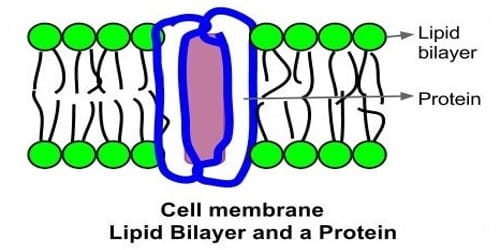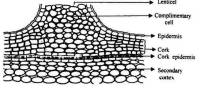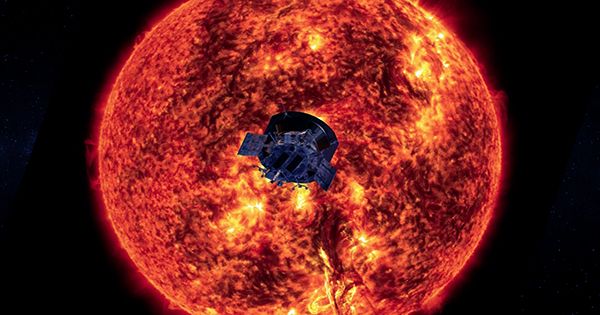The cell membrane is a thin flexible layer around the cells of all living things. It is a double layer of lipids and proteins that surrounds a cell and separates the cytoplasm from its surrounding environment. It is sometimes called the plasma membrane or cytoplasmic membrane.
All cells are contained by a cell membrane that keeps the pieces inside. Its basic job is to separate the inside of cells from the outside. In all cells, the cell membrane separates the cytoplasm inside the cell from its surroundings. It is selectively permeable, which means that it only lets certain molecules enter and exit. Animal cells are contained in just a membrane. Bacteria, fungi, and plants have strong cell walls as well, which support the cell and block the passage of large molecules.
Structure
Phospholipids are a main component of the cell membrane. The membrane is made up of a thin layer called the ‘phospholipid bilayer’. This has two layers of phospholipid molecules with phosphate heads on the surfaces and lipid (oil) tails on the inside. These are lipid molecules made up of a phosphate group head and two fatty acid tails. The outside heads mix with water, but the tails reject water.
Other proteins and lipids can be added to the cell membrane. By these changes, the cell can adjust what it brings in or puts out. Some proteins are always stuck into it, these are called integral membrane proteins. It also has some which are only sometimes stuck onto it. These are called peripheral membrane proteins. The outer layer protecting the inner cell.
Function
The membrane is selectively permeable. It is active and regulates (adjusts) what comes in and what goes out of the cell. The movement of substances across the membrane can be either passive, occurring without the input of cellular energy, or active, requiring energy.
















